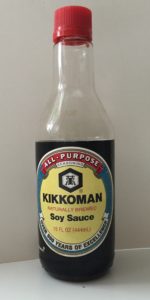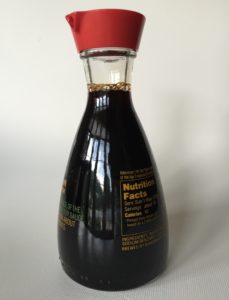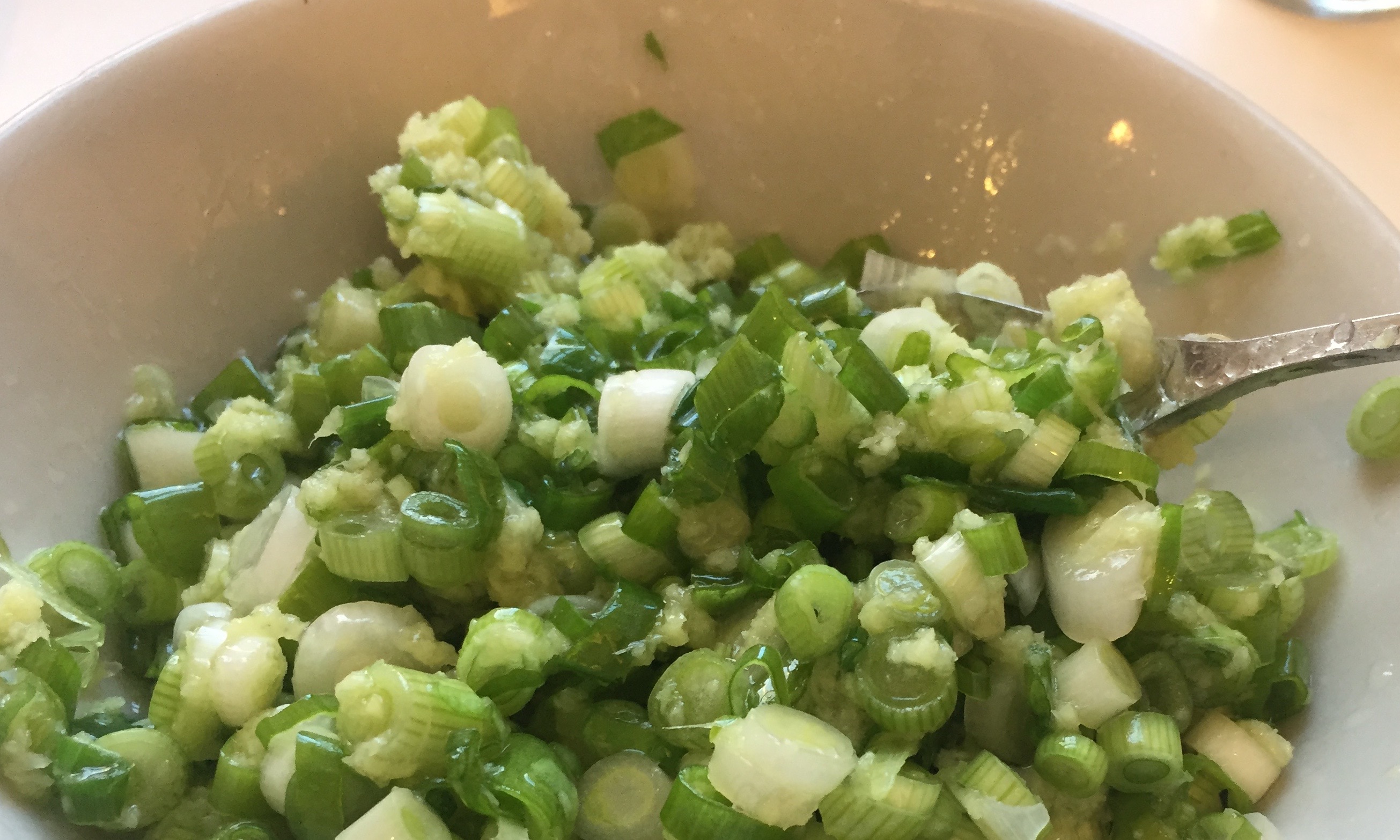 In this blog I refer to this as soy sauce. This is regular soy sauce (jiang yu) and is light soy sauce to differentiate it from dark soy sauce, which has been aged longer and therefore also labeled aged soy sauce. Think of it like balsamic vinegar and aged balsamic vinegar.
In this blog I refer to this as soy sauce. This is regular soy sauce (jiang yu) and is light soy sauce to differentiate it from dark soy sauce, which has been aged longer and therefore also labeled aged soy sauce. Think of it like balsamic vinegar and aged balsamic vinegar.
Light soy sauce is for flavor, and commonly used for dipping or adding saltiness to food at the table. Dark or aged soy sauce is used mainly for braising. It gives food a darker color and a bolder flavor.
I am not convinced that soy sauce marketed as premium, superior and deluxe makes a difference in cooking. Mushroom soy and soy sauces for marinades or vegetables just take up more storage space. I avoid the ones they market for marinating chicken, or cooking fish, or vegetable stir fry or for dipping. You can make your own dipping sauce. You can easily enhance the flavor of your dish with sugar, wine, vinegar, sesame oil and aromatics; I don’t think you need a special sauce to do that, Professionals don’t.
A traditional Cantonese favorite was the Pearl River brand from Guangdung province and I used to buy its light and dark soys. But after trying Kikkoman and finding out that it is made in the U.S., I just get this one. I trust that in the U.S. food standards are adhered to. I think it tastes very good.
Use Tamari, a wheat-free soy sauce, if you need gluten-free.
 To start, buy a small bottle to see if you like the flavor. These neat, small bottles can be reused and refilled with dark sauce or vinegar and used at the table.
To start, buy a small bottle to see if you like the flavor. These neat, small bottles can be reused and refilled with dark sauce or vinegar and used at the table.
Soy sauce does not keep well at room temperature; flavor will age over time. Store in the refrigerator if it is not used often.


